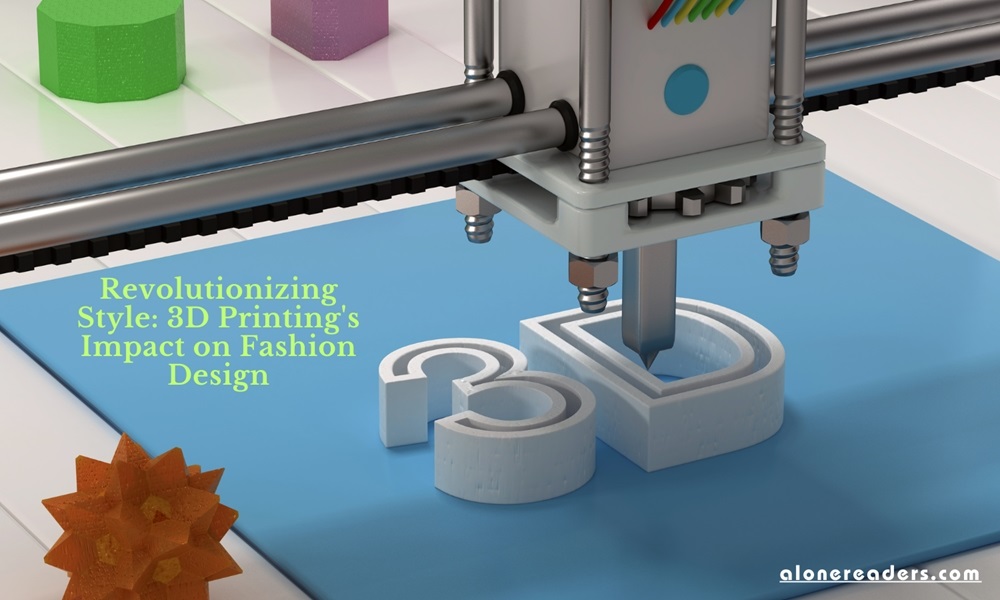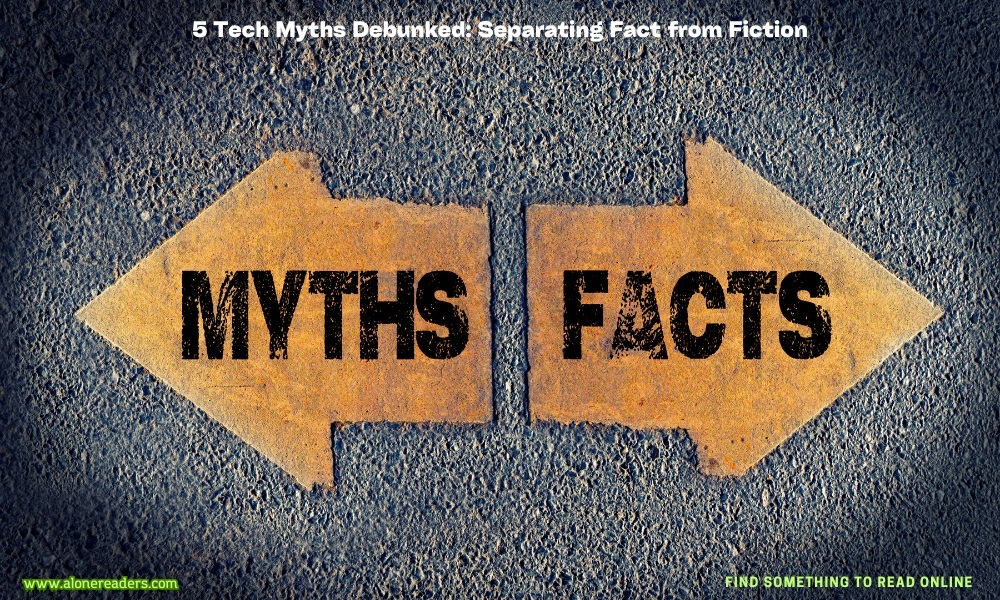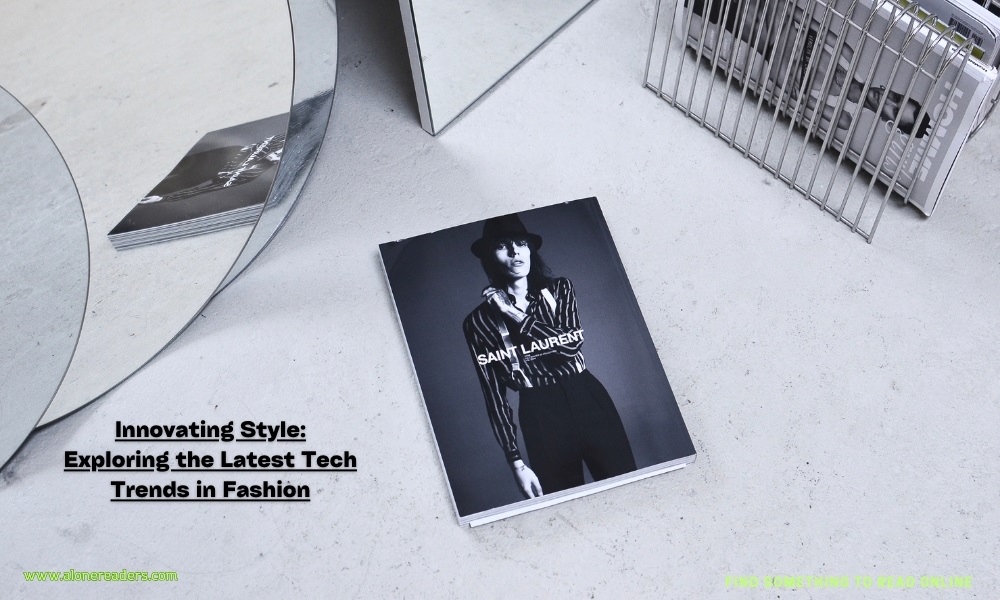Revolutionizing Style: 3D Printing's Impact on Fashion Design
- Last updated: February 17, 2024

Revolutionizing Style: 3D Printing's Impact on Fashion Design
The fashion industry, known for its creativity and dynamism, is on the brink of a technological revolution. The catalyst? 3D printing technology. This cutting-edge innovation is not just reshaping how fashion items are designed and produced but also redefining the very fabric of style and sustainability in the fashion world. In this article, we delve into the multifaceted role of 3D printing in fashion design, exploring its potential, challenges, and the future it holds for the industry.
The Emergence of 3D Printing in Fashion
A New Dimension of Creativity
3D printing, also known as additive manufacturing, has opened a new realm of possibilities for fashion designers. With this technology, designers are not confined to traditional materials and methods. Instead, they can experiment with a variety of textures, shapes, and forms that were once considered impossible. This freedom has led to the creation of intricate and unique designs, pushing the boundaries of fashion and art.
Personalization at Its Peak
One of the most significant advantages of 3D printing in fashion is the ability to personalize garments and accessories to an unprecedented degree. Customers can have clothing items tailored to their exact measurements, ensuring a perfect fit. This customization extends to design elements, allowing individuals to express their unique style more authentically.
Sustainable Fashion: A Step Forward
Reducing Waste with Precision
The fashion industry has long been criticized for its environmental impact, particularly concerning waste production. 3D printing addresses this issue head-on by enabling a more precise manufacturing process. Unlike traditional methods that often involve cutting from larger pieces of material, 3D printing uses only the material needed, significantly reducing waste.
Eco-Friendly Materials
Advancements in 3D printing technology have led to the development of eco-friendly materials. Designers now have access to biodegradable and recycled materials, making sustainable fashion not just a concept but a practical reality.
Overcoming Challenges in 3D Printed Fashion
Balancing Aesthetics and Wearability
While 3D printing allows for incredible design freedom, one of the ongoing challenges is ensuring that these designs are not only aesthetically pleasing but also comfortable and wearable. Designers are continuously experimenting to find the right balance between form and function.
The Cost Factor
Initially, the cost of 3D printing technology and materials was a barrier to its widespread adoption in the fashion industry. However, as the technology evolves and becomes more accessible, this is gradually changing, making 3D printed fashion more attainable for a broader market.
3D Printing in High Fashion and Streetwear
Haute Couture Meets High Tech
In the realm of high fashion, 3D printing has been embraced as a tool for artistic expression. Designers at the forefront of haute couture have utilized 3D printing to create stunning, avant-garde pieces that challenge traditional fashion norms.
Streetwear's Innovative Twist
The impact of 3D printing is not limited to high fashion. Streetwear, known for its urban and contemporary styles, has also seen an infusion of 3D printed elements. This fusion of streetwear with cutting-edge technology represents a new wave of fashion that is both innovative and accessible.
The Future of 3D Printing in Fashion
The Potential for Mass Customization
Looking forward, one of the most exciting prospects of 3D printing in fashion is the potential for mass customization. As the technology becomes more streamlined and cost-effective, we could see a shift towards personalized fashion on a larger scale, transforming the way we think about clothing production and consumption.
A Tool for Education and Innovation
3D printing is also emerging as a valuable tool in fashion education. Design students are being exposed to this technology early in their careers, fostering a new generation of designers who are adept in both traditional and technological aspects of fashion design.
Conclusion
The integration of 3D printing technology into fashion design is more than a fleeting trend; it's a paradigm shift. As we move forward, the interplay between technology and creativity will continue to evolve, leading to more sustainable, personalized, and innovative fashion. The role of 3D printing in fashion is not just about changing how clothes are made; it's about reimagining the very essence of design and style in the 21st century.







